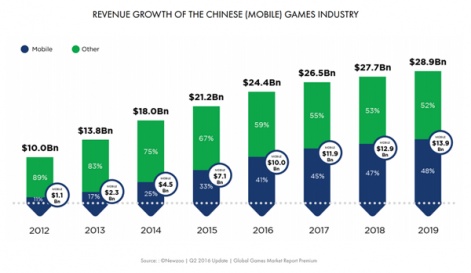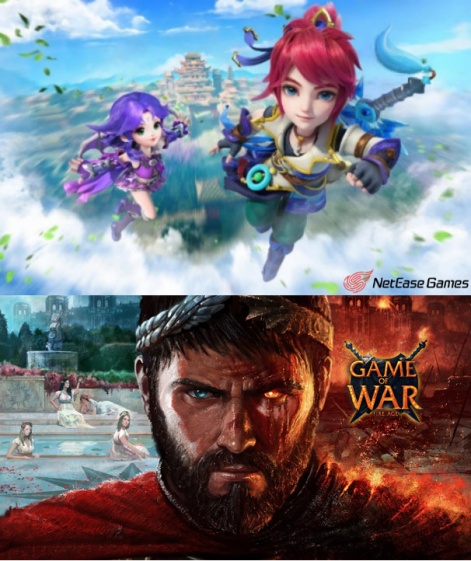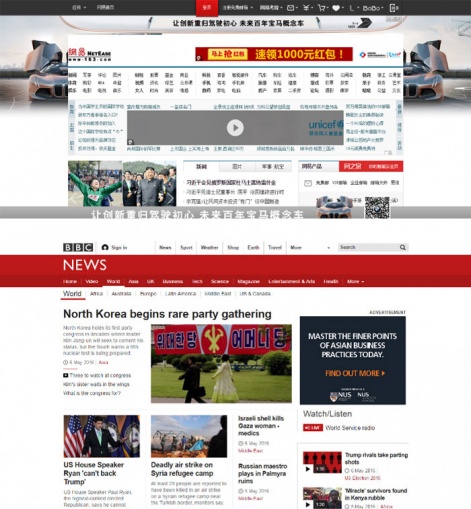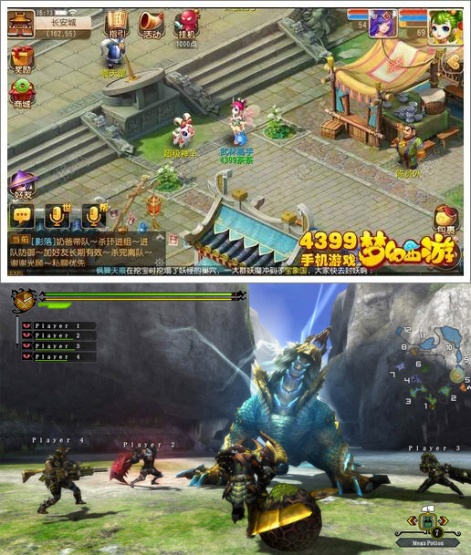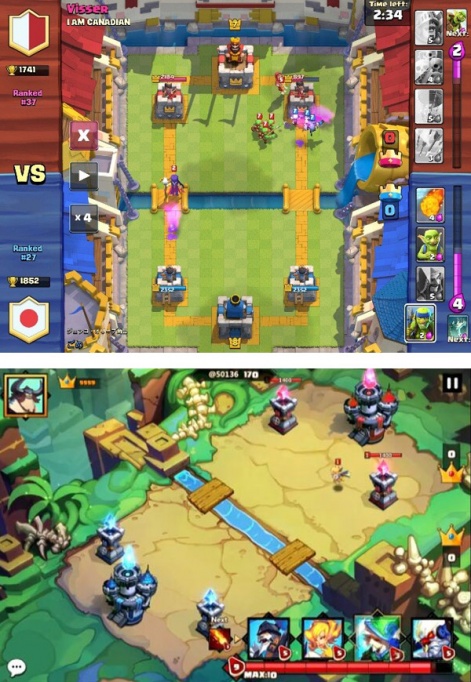There was recently a change in Chinese law (link in Chinese) stating that, without special approval, "Sino-foreign joint ventures, Sino-foreign cooperative ventures, and foreign business units shall not engage in online publishing services," and that this applies to "texts, pictures, maps, games, animations, audios, and videos,".
The full effects of this enactment haven't quite materialized yet, so there is still opportunity at the time of writing to go it alone in China and take your chances should you want to.
Once again though, be prepared to face the differences in market structure I mentioned earlier and adjust your expectations accordingly (did I mention earlier that there are very few Western-developed titles in the Chinese Top 100?).
For many, in the meantime, a partner to help negotiate this potentially complex territory may be preferable. That's where we at NetEase come in, alongside other well-known publishers featured in this site's Top 50 Developer's List.
Who to partner with?
Different publishers will bring different benefits, whether it's helping you hold onto more of your revenue (e.g. distribution via NetEase's owned media could bring expensive Android distribution costs from 60% down to just a fraction of that), or fully advising on localization and taking care of post-launch customer service.
The benefits between potential partners may not be immediately clear, however, so it's worth investigating closely before making a decision and making sure you're not just getting a desired amount of money, but the appropriate level of commitment too.
Simply put, Partner A's offer of $100,000 may not be the same amount of money as Partner B's offer of $100,000. Different milestones might be implemented, partners could invest in low efficiency channels and UA could be approached in entirely different ways.
That's not to say that everyone will see your product and immediately offer you money, but a Chinese publisher is a great place to start either way.
Ask around your peers for their experiences in China or try getting in touch with other studios that have gone with your potential options; at NetEase we'll be happy to put you in touch with previous and current partners who can shed some light on how we operate.
